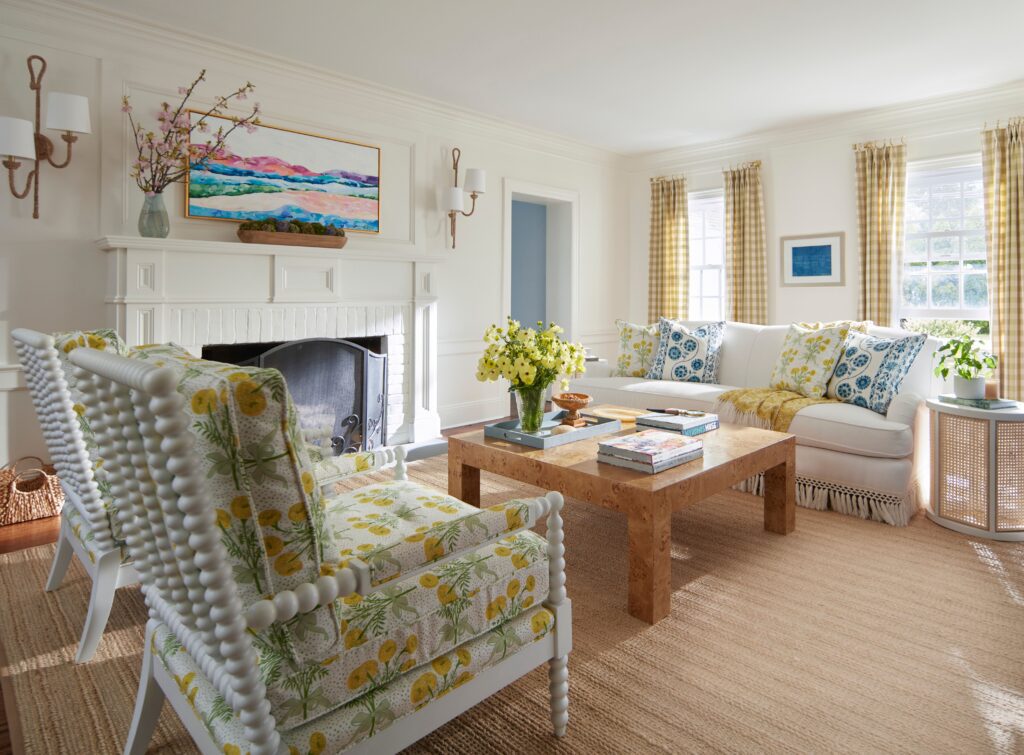Understanding Modern Colonial Style: Blending Tradition with Contemporary Design
Introduction to Modern Colonial Design
Among the most sought-after design styles of recent years, modern Colonial has emerged as a favorite, captivating homeowners looking for a harmonious balance between classic elegance and modern functionality. As noted by Elizabeth Drake, principal designer of Elizabeth Drake Interiors, this style merges traditional Colonial architecture with modern amenities while preserving the core essence of its historical roots.
Defining Modern Colonial vs. Traditional Colonial Homes
Traditional Colonial homes, which originated in the 17th and 18th centuries, were known for their rustic simplicity and lack of ornate detail. The later Colonial revival period, particularly inspired by the American centennial in 1876, introduced more formal and decorative interiors. In contrast, modern Colonial style reflects a shift back toward simplicity but adapted for contemporary living, combining classic elements with modern functionality.
Distinctive Features of Modern Colonial Style
Modern Colonial differs from its predecessors through several defining characteristics that emphasize clean lines, comfort, and timelessness. This style combines elegant traditional details with a minimalist and approachable feel that is essential for contemporary lifestyles.
Pared-Back Furnishings and Symmetrical Arrangements
Furnishings in modern Colonial design prioritize clean lines and reduce ornate details, aligning more closely with the early Colonial aesthetic. Symmetrical arrangements remain vital, fostering balance and harmony in interior spaces.
Fresh Patterns and Upholstery
Upholstery in this style often features lighter fabrics and combines traditional patterns with a modern twist. The aim is to maintain clean lines while integrating rich textures that create an inviting atmosphere.
Warm Earth-Tone Colors
The color palette in modern Colonial homes consists of warm, neutral, and earthy tones, moving away from the bold hues of traditional Colonial designs. Shades such as whites, soft blues, and natural wood tones are commonly incorporated to create a serene environment.
Natural Wood Accents
Wood elements play a crucial role in the modern Colonial aesthetic. While early designs included rustic woods, the current approach involves refined millwork and accent pieces that enhance the overall warmth and richness of the space.
Elegant Trimwork
Trimwork is essential in modern Colonial homes, with the introduction of features such as crown molding and chair rails that evoke a historic charm. However, the lines tend to be cleaner and simpler compared to traditional styles.
Maximized Natural Light
Modern Colonial style favors larger windows and open floor plans, promoting the flow of natural light throughout the home. This contrasts with the smaller, more enclosed spaces typical of historical Colonial designs.
How to Incorporate Modern Colonial Elements into Your Home
If you’re looking to infuse modern Colonial style into your living space, consider the following suggestions:
- Opt for furniture with clean lines but sophisticated detailing.
- Choose upholstery in light fabrics paired with contemporary patterns.
- Utilize a neutral color palette accented with natural wood finishes.
- Incorporate trim that features elegant lines without excessive ornamentation.
- Enhance your home’s visibility to natural light through strategic window placements.


